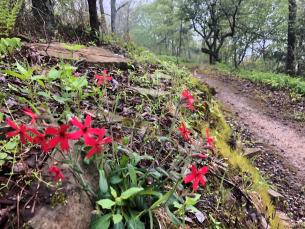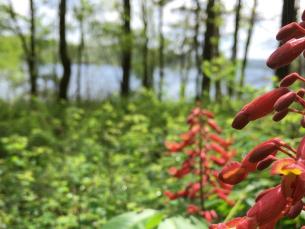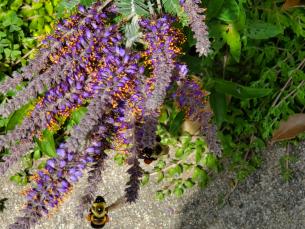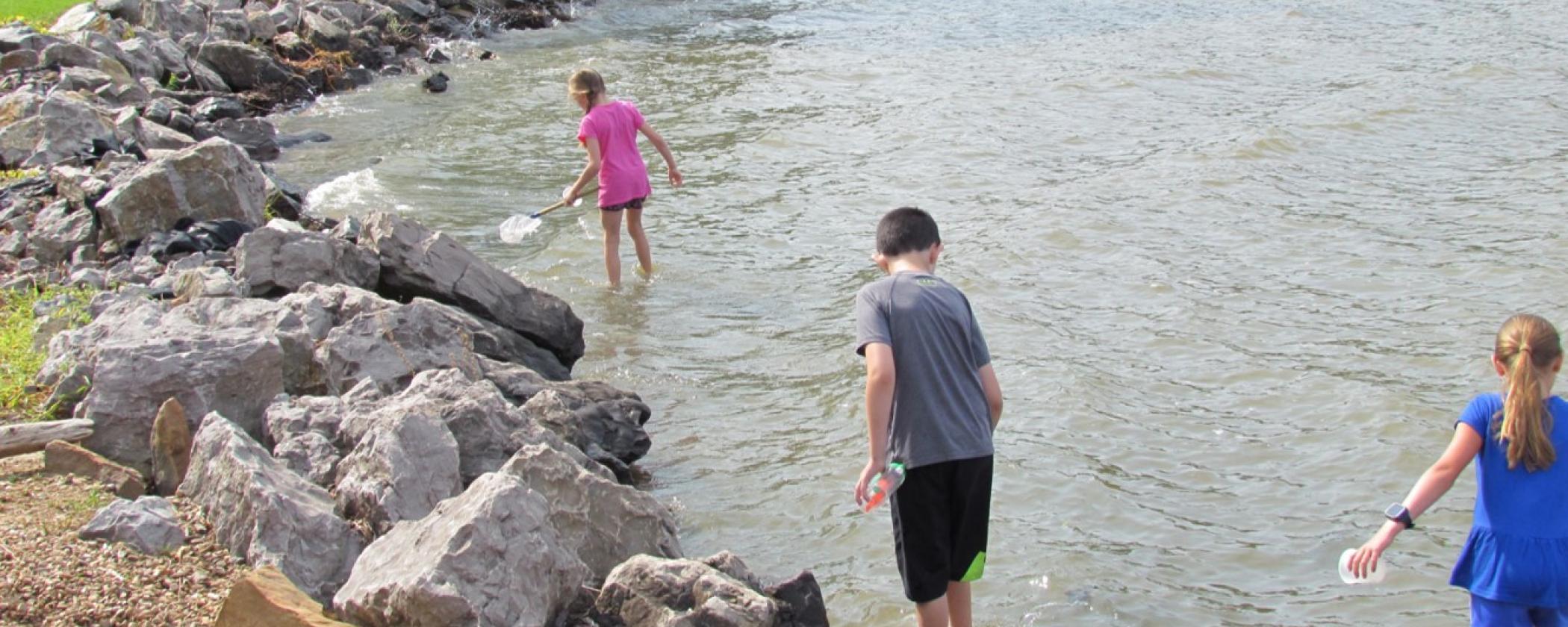
Photo Essay: Life Below Lake Dardanelle
By: Megan Ayres MooreWhat lives in a lake? If you are like most of us, your first thoughts were fish, snakes, and turtles like this Mississippi map turtle (below). Believe it or not, that’s only a small part of the life below Lake Dardanelle!
Lake Dardanelle boasts a thriving population of macroinvertebrates, supporting its healthy fishery that we all enjoy. Lake Dardanelle State Park helps to protect these aquatic animals, large and small—and their habitats—giving you the chance to experience top-notch fishing and water-based recreation.
Macroinvertebrates are animals without a backbone that are large enough to be seen with the naked eye. They play a vital role in the food chain by eating things like algae, plant matter, and even some small insects, and provide an important food source for fish, amphibians, birds, turtles, and more.
Dive in to this photo essay to discover some of these macroinvertebrates found at Lake Dardanelle State Park! Note that for some of these animals, it is difficult to discern their features when they are underwater or hidden on a rock, so photos were taken in a tray filled with water. They were then carefully returned to the locations they were found.
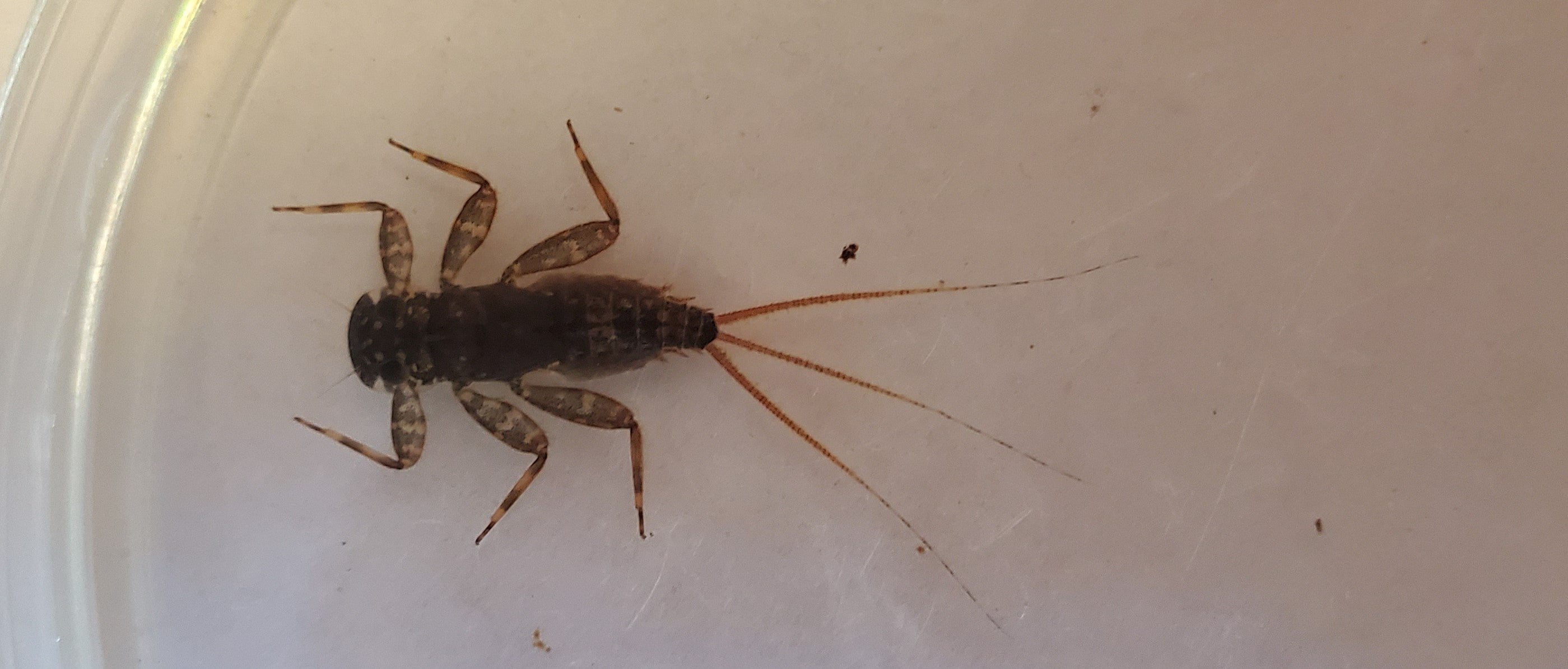
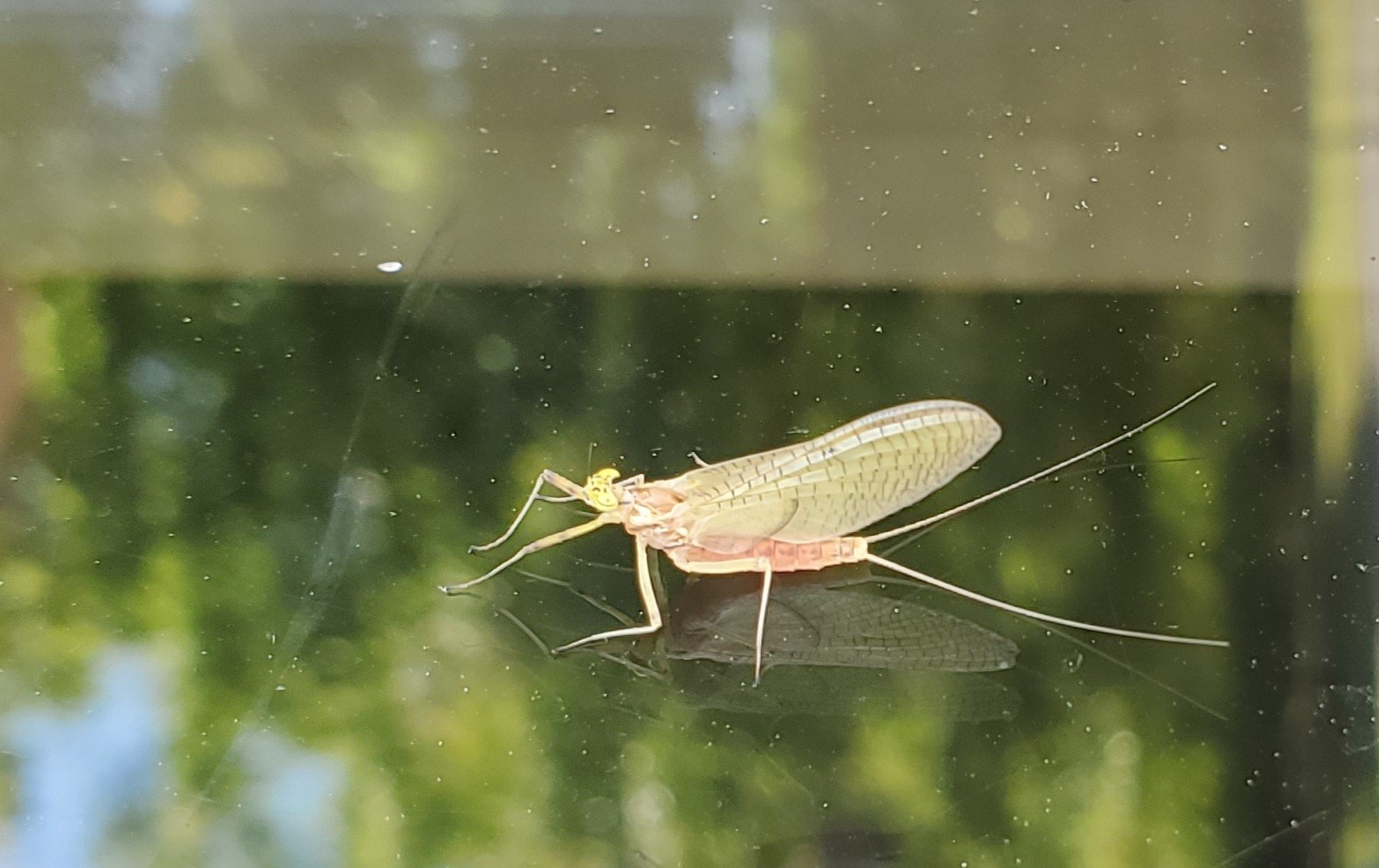
One of the most frequently found macroinvertebrates in Lake Dardanelle is the mayfly nymph, or juvenile. The mayfly nymph has three long, hair-like tail filaments, and gills along the side of its abdomen that it uses to breathe. When the nymph transforms into its adult stage, the mayflies swarm above the lake, and are easily seen around lights in the evening. Most adults we see at Lake Dardanelle are a brown or black color, but it is possible to spot a brightly colored adult like this one.
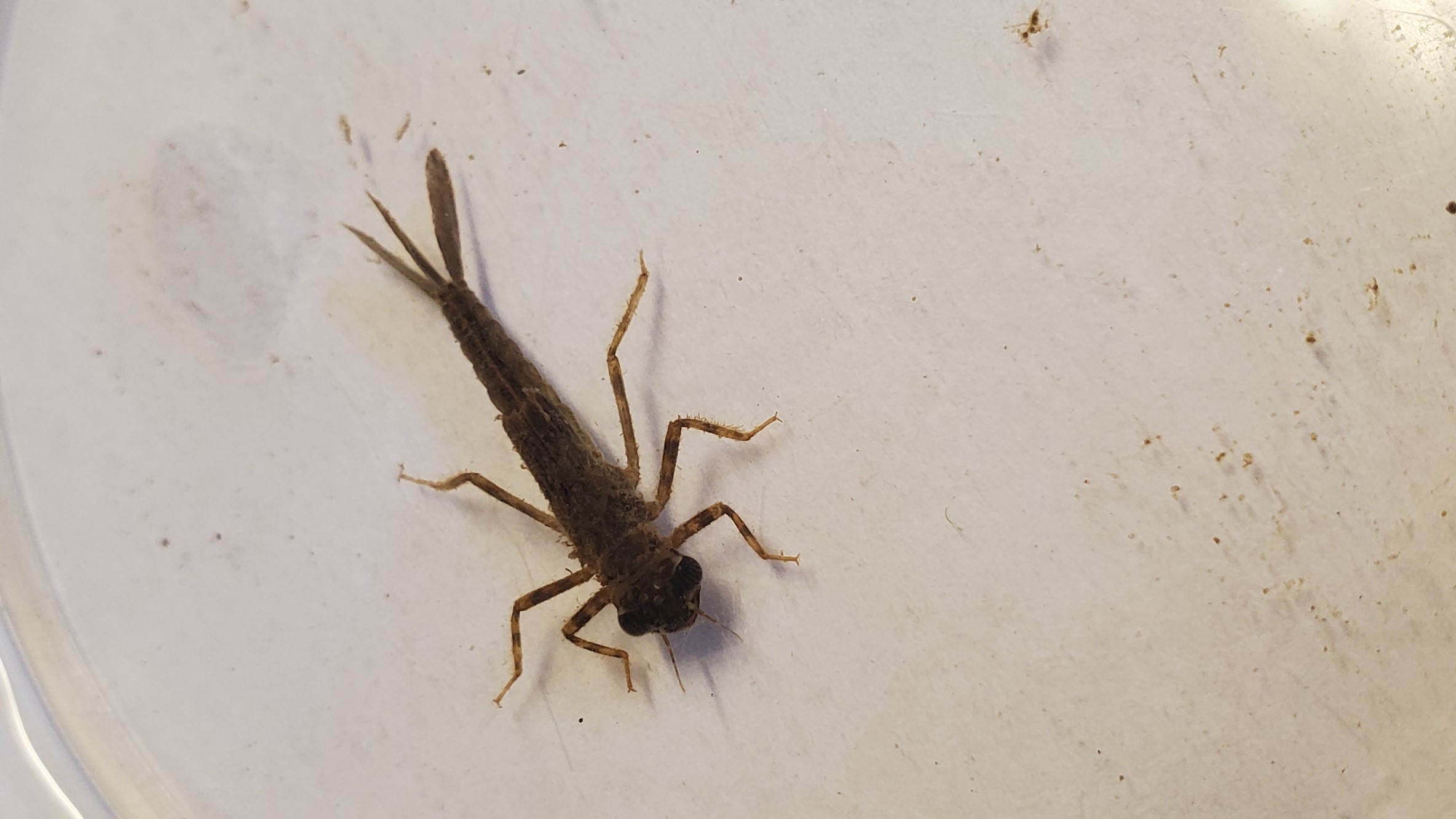
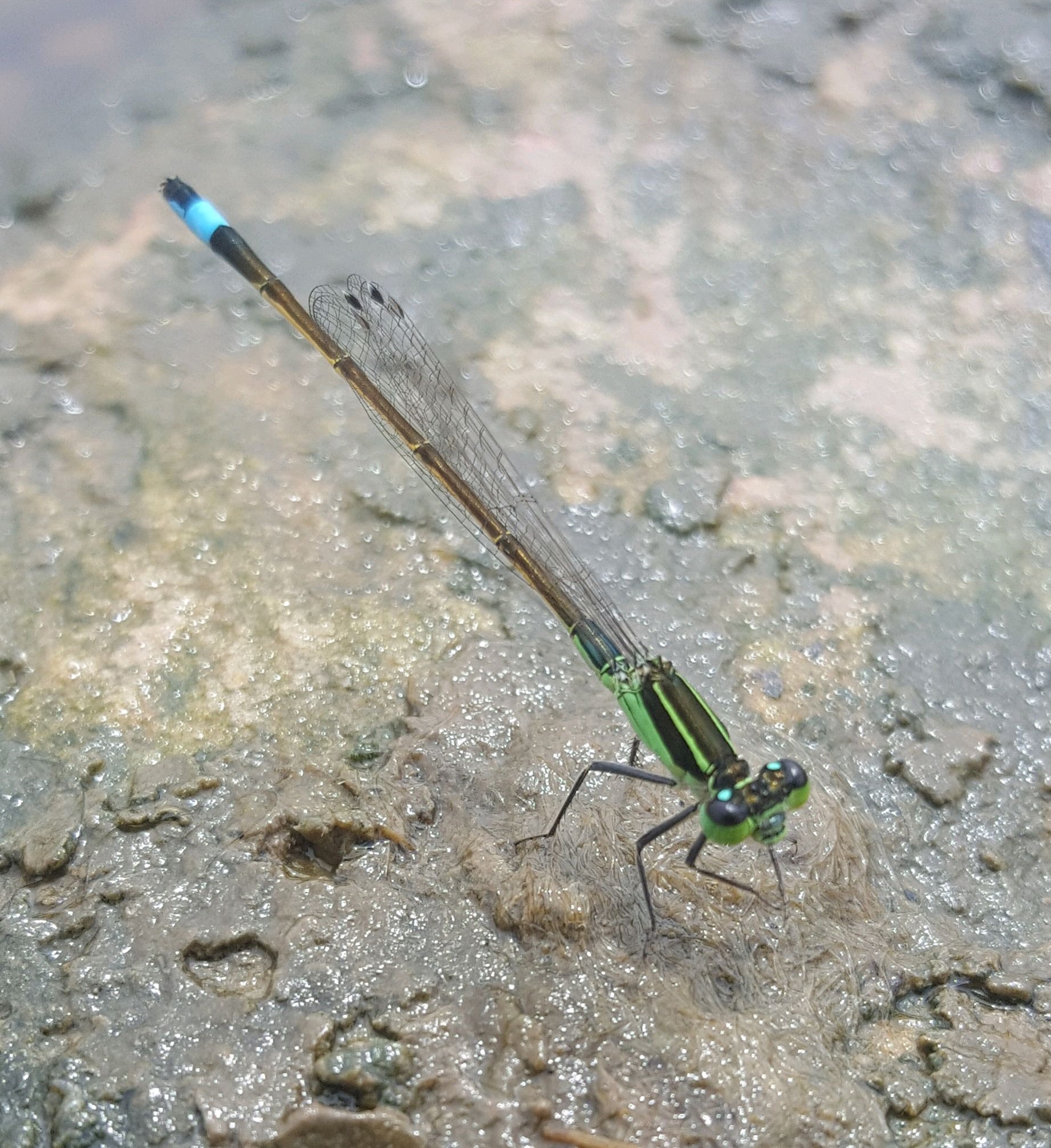
A damselfly nymph can be easily differentiated from the mayfly nymph, as it has three short, oval shaped tail filaments. Often mistaken for a dragonfly as they buzz over the water, adult damselflies like this Rambur’s forktail hold their wings together and over their bodies when at rest.
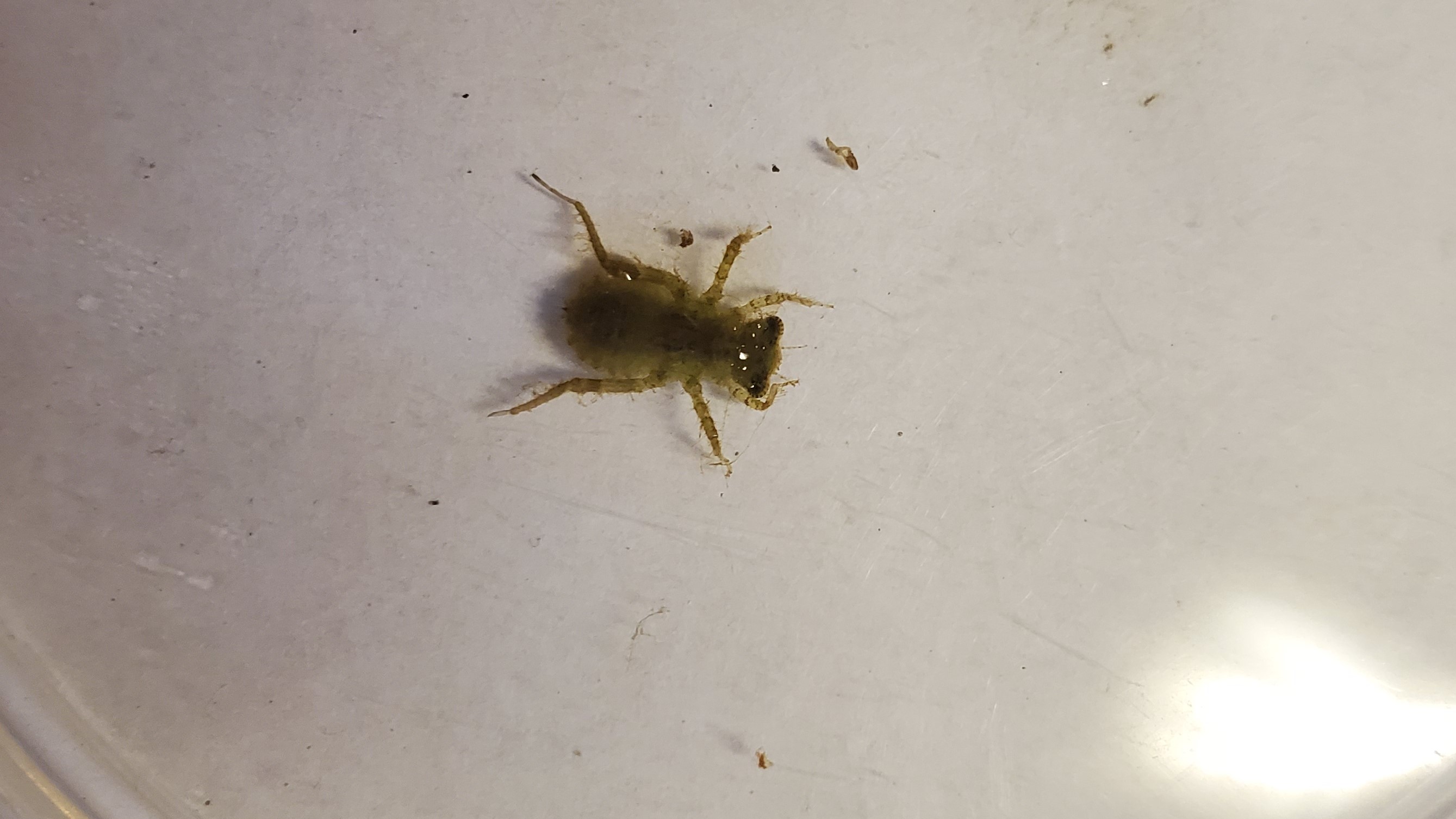
Dragonfly nymphs have a wide abdomen that come to a point at the tip. You can enjoy watching adult dragonflies such as this blue dasher skim the surface of the lake during the summer. When resting, they hold their wings out to their sides.
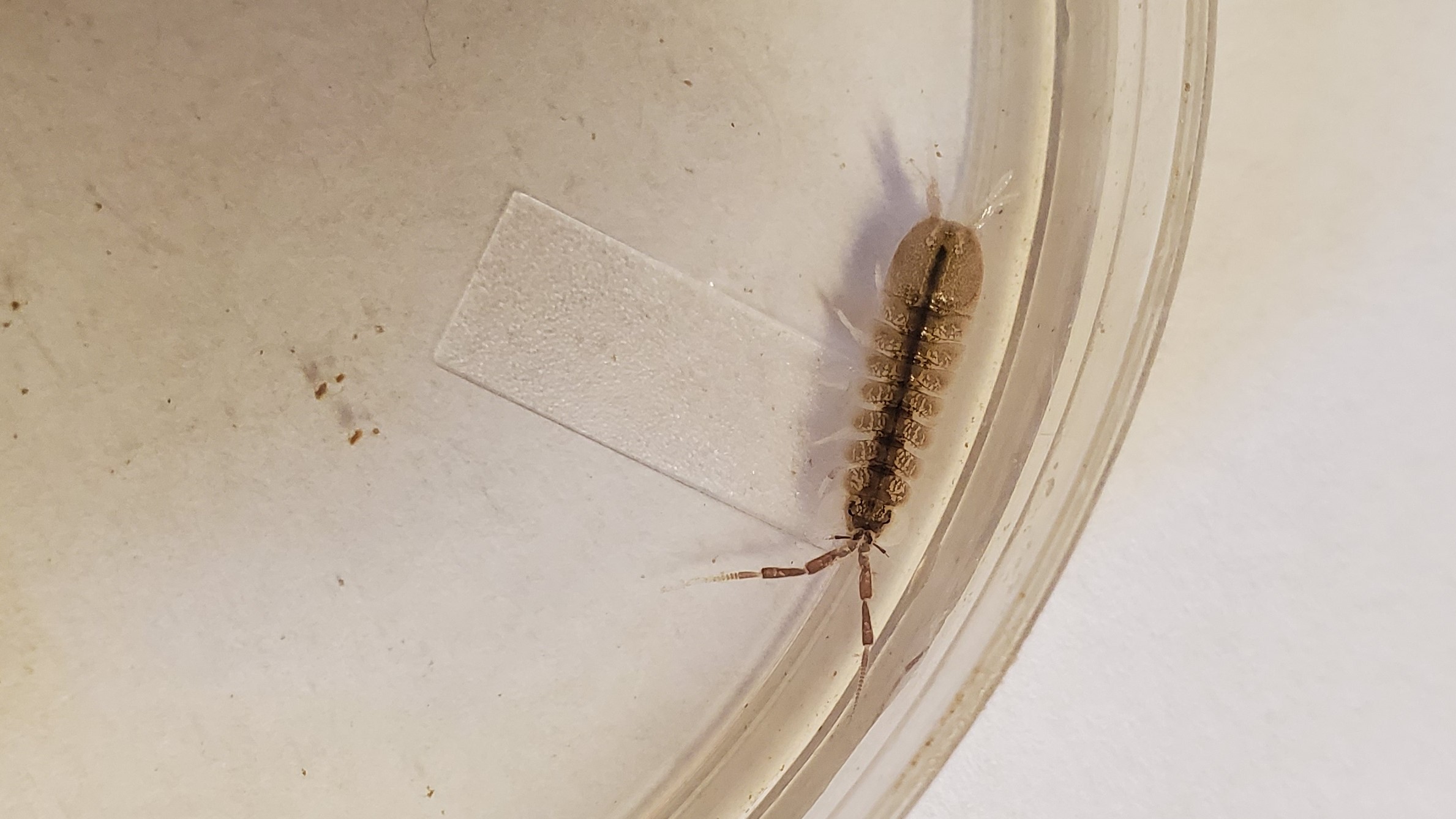
Aquatic sowbugs live their entire lives in the water feeding on decaying plant matter, with the juveniles looking the same as adults, only smaller. They have 2 pair of antennae—one set much longer than the other—and seven pair of legs along their long skinny body. Aquatic sowbugs are related to pillbugs, what many people know as roly polies, but they cannot roll up into a ball.
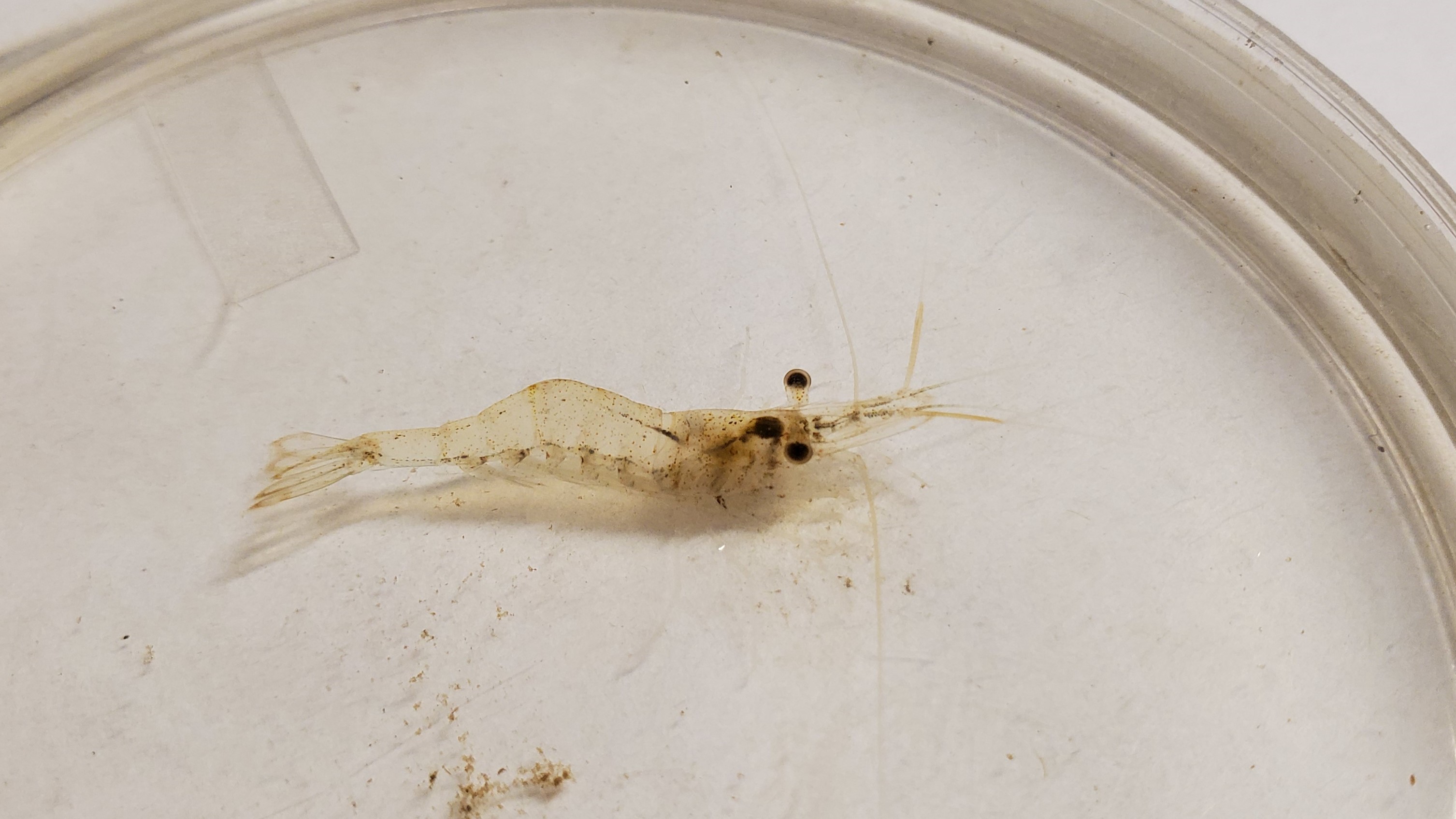
Freshwater shrimp prefer to live in dense aquatic vegetation, and can be difficult to spot, as they are translucent. They have leg-like appendages on the bottom side of their long, skinny bodies, and will dart backwards like a crayfish when disturbed.
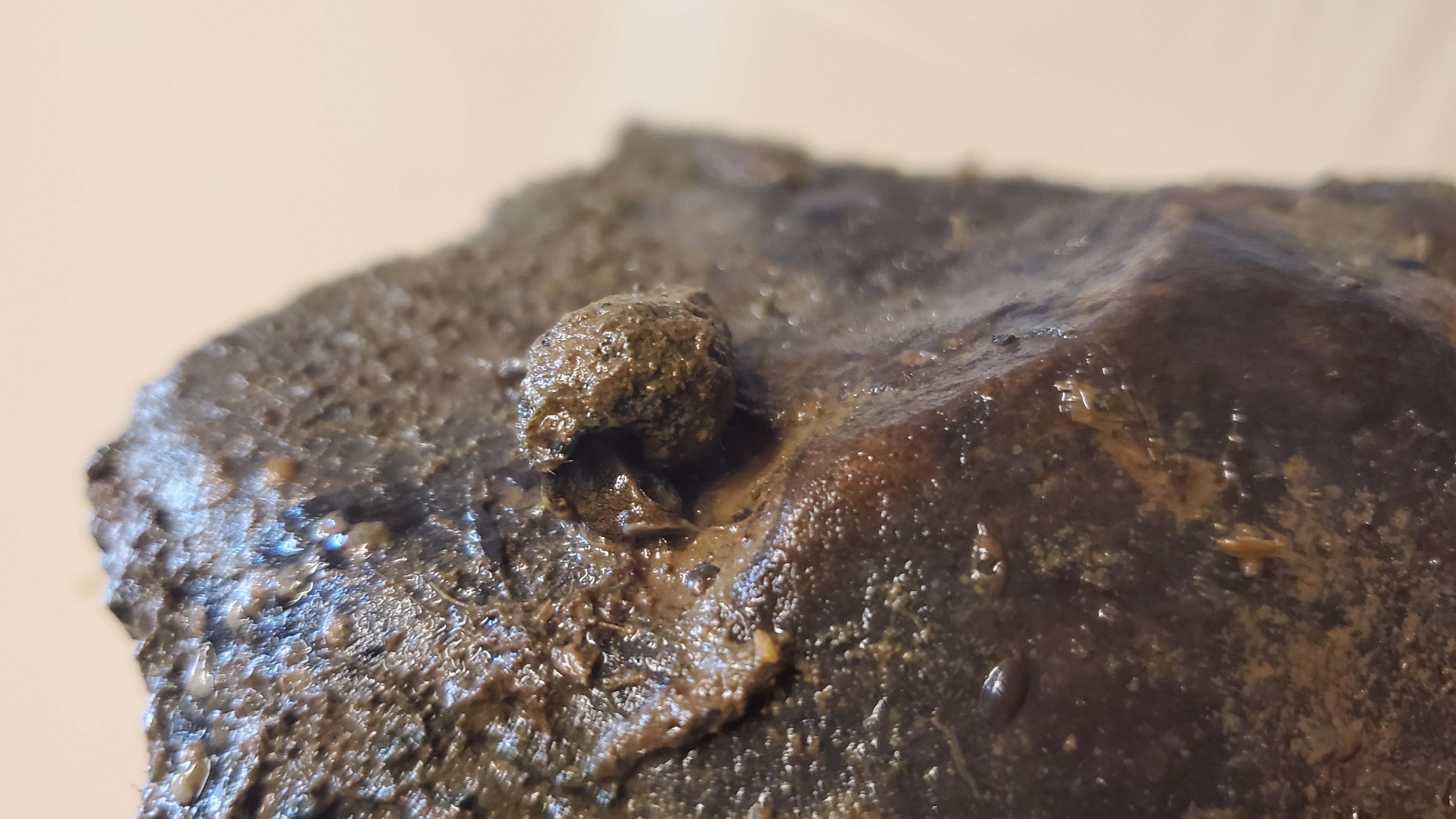
Snails are commonly found on submerged rocks in Lake Dardanelle, where they use their foot to hold onto the rock and move across it as seen here. Snails have a single shell, usually coiled and elongated.
Lake Dardanelle is home to many native species of mussels, a type of mollusk that has two shells which are hinged. Mussels burrow down into sandy areas on the bottom of the lake. They filter the water to get food, helping to keep the lake clean and healthy, but also making them very susceptible to pollution.
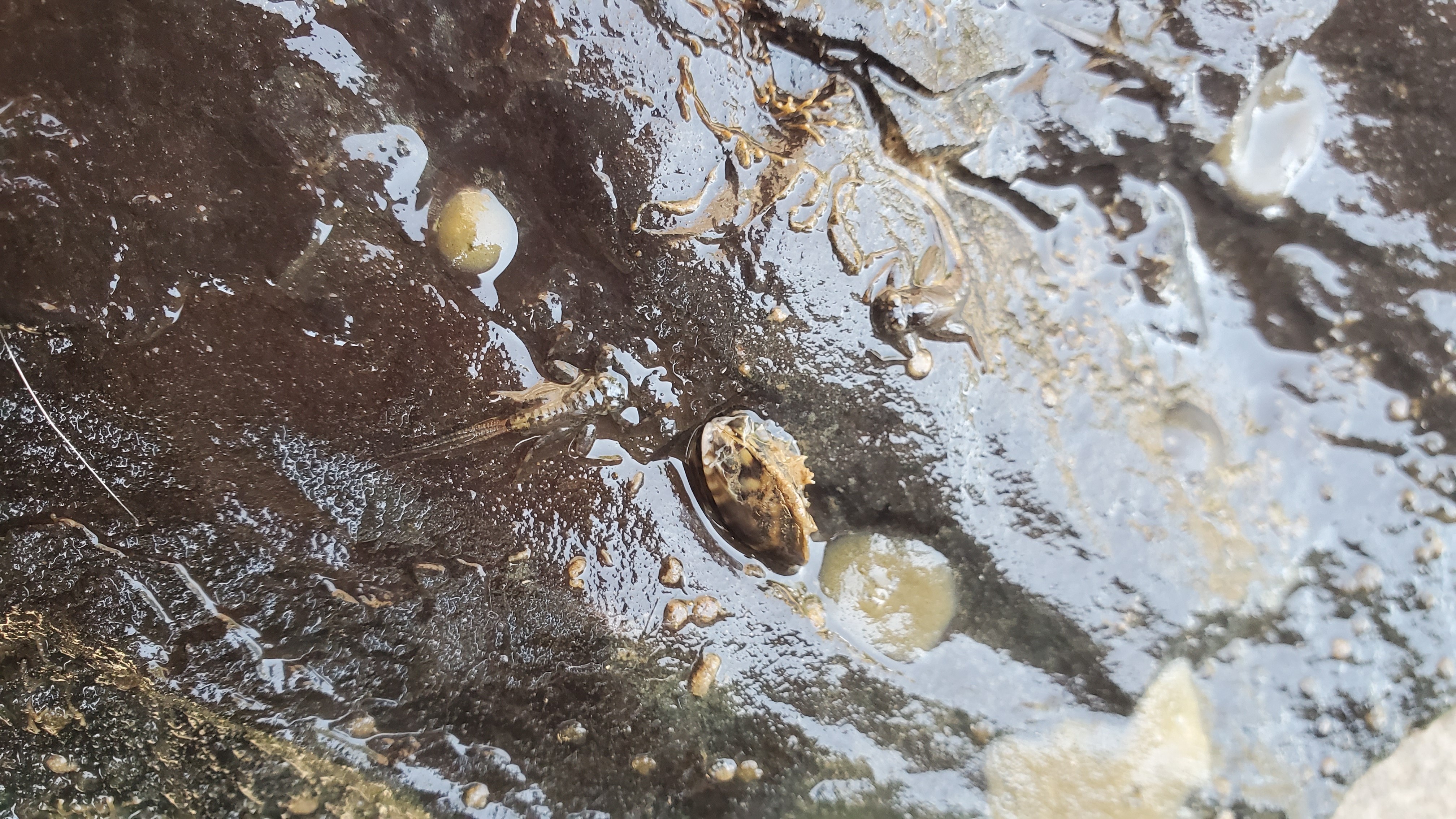
Zebra mussels, named for their distinct light and dark stripes, are highly invasive mussels that cling to hard surfaces-rocks, logs, other mussels, turtle shells, buoys, boats, and more. Although relatively small, they reproduce quickly and in large numbers. They are very effective at filtering water and outcompeting the native mussels in the environment. Zebra mussels were discovered in Lake Dardanelle in 1992.
Macroinvertebrates provide an important food source for other animals, help keep the environment healthy, and can be used to monitor the quality of the water as many are sensitive to pollution. Lake Dardanelle boasts a thriving population of macroinvertebrates, supporting its healthy fishery that we all enjoy.
Keep an eye out for macroinvertebrates the next time you are near a freshwater lake or stream. Keep in mind you can visit Lake Dardanelle State Park and join a park interpreter at a program to find these often overlooked animals for yourself!

